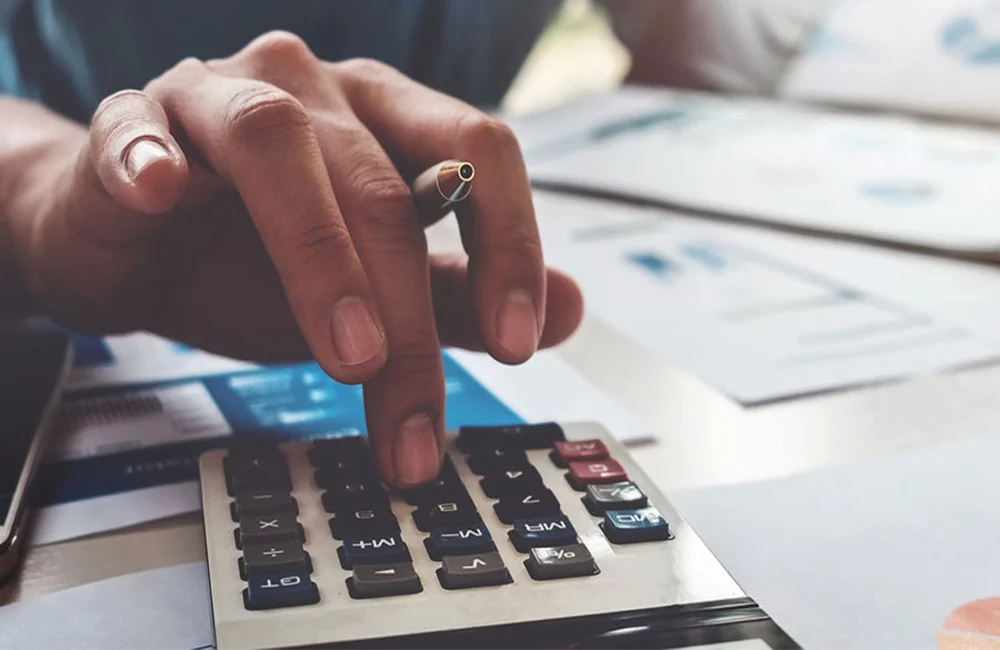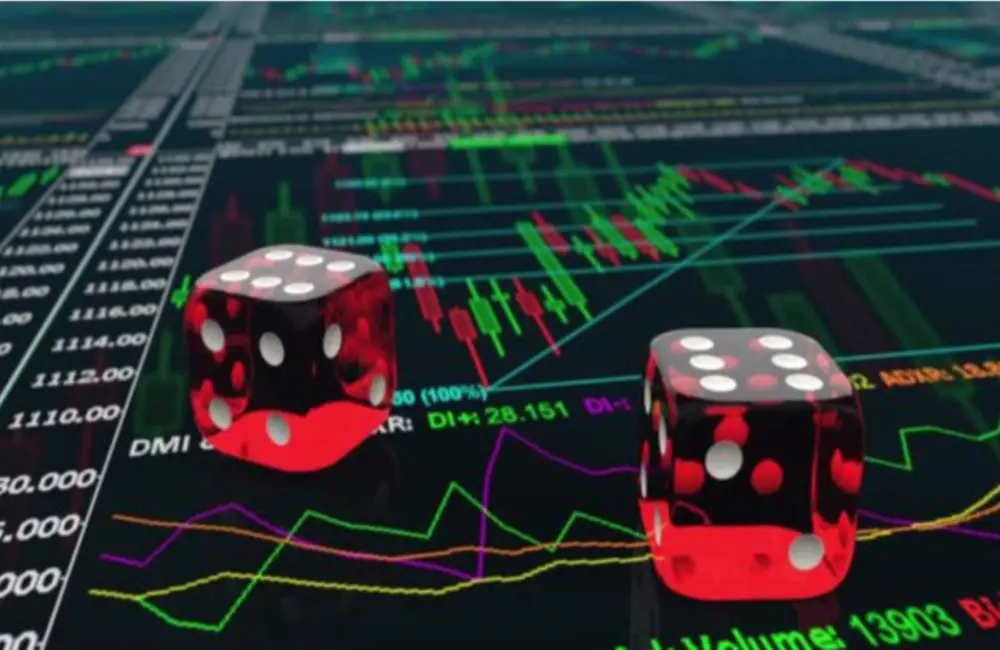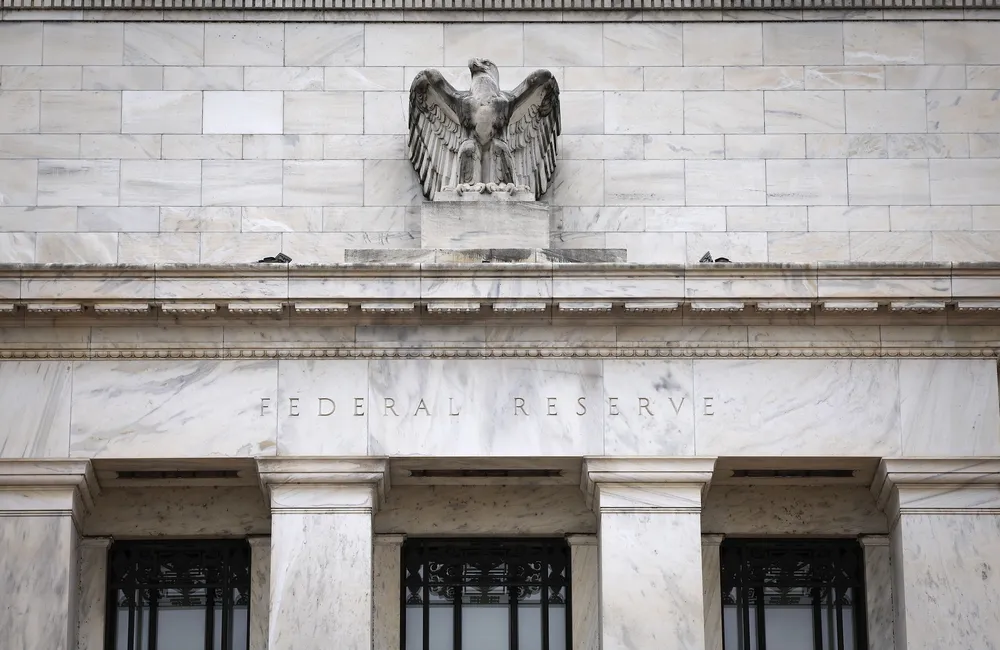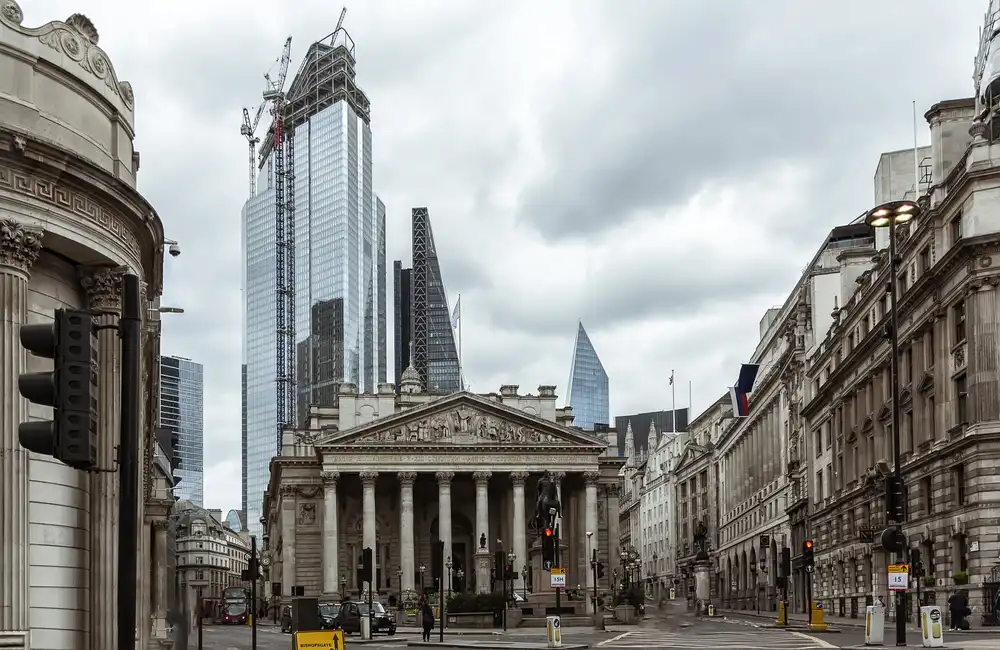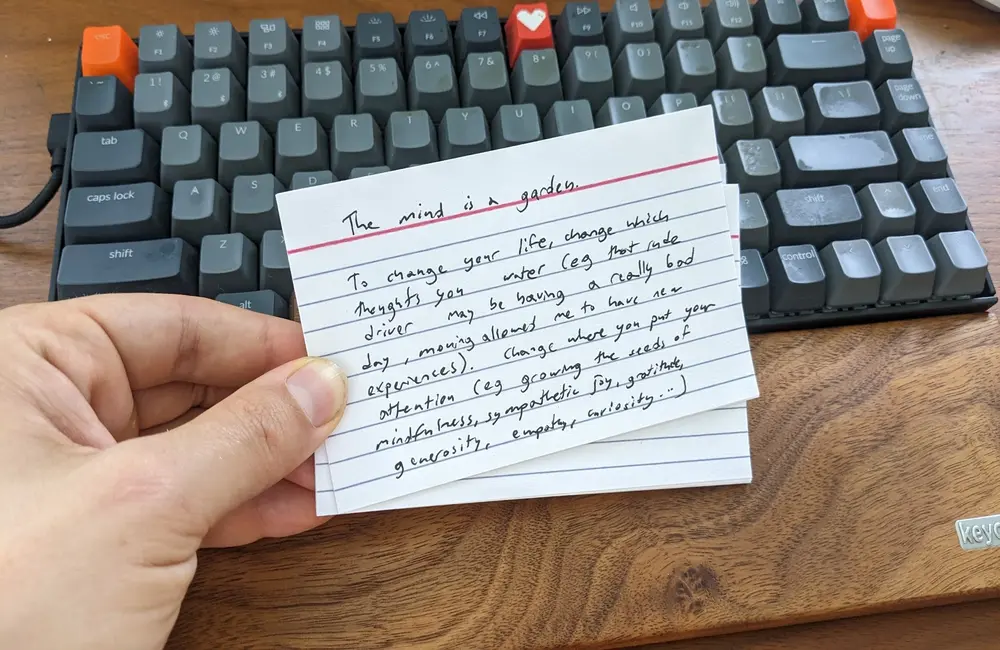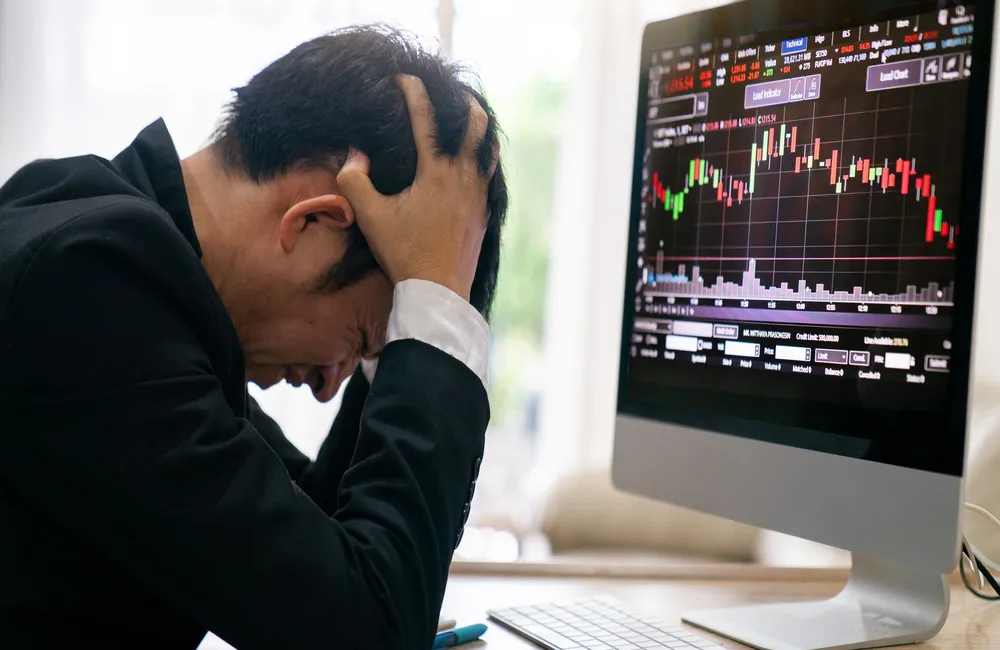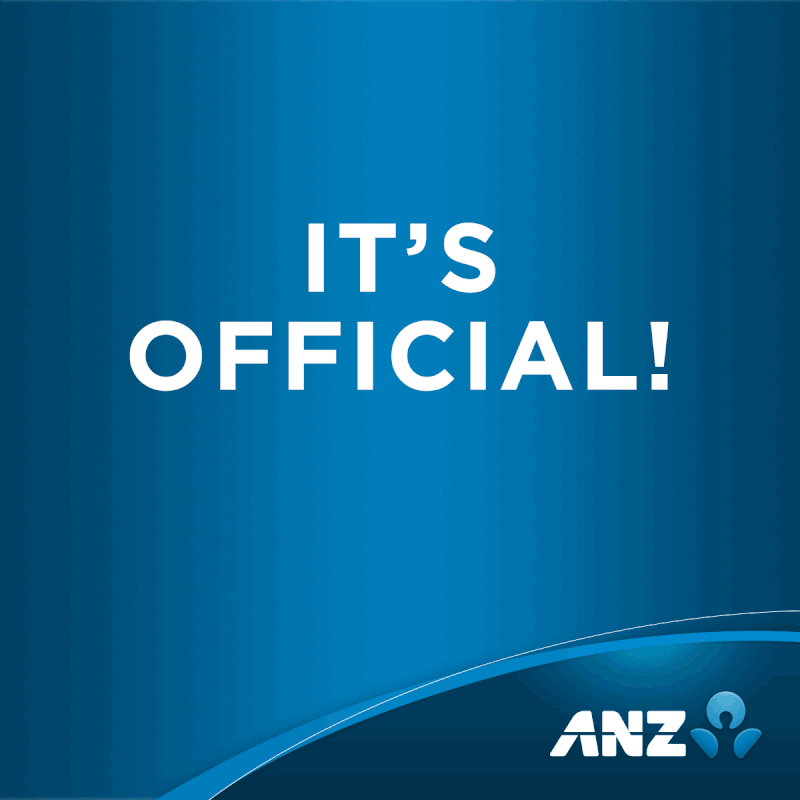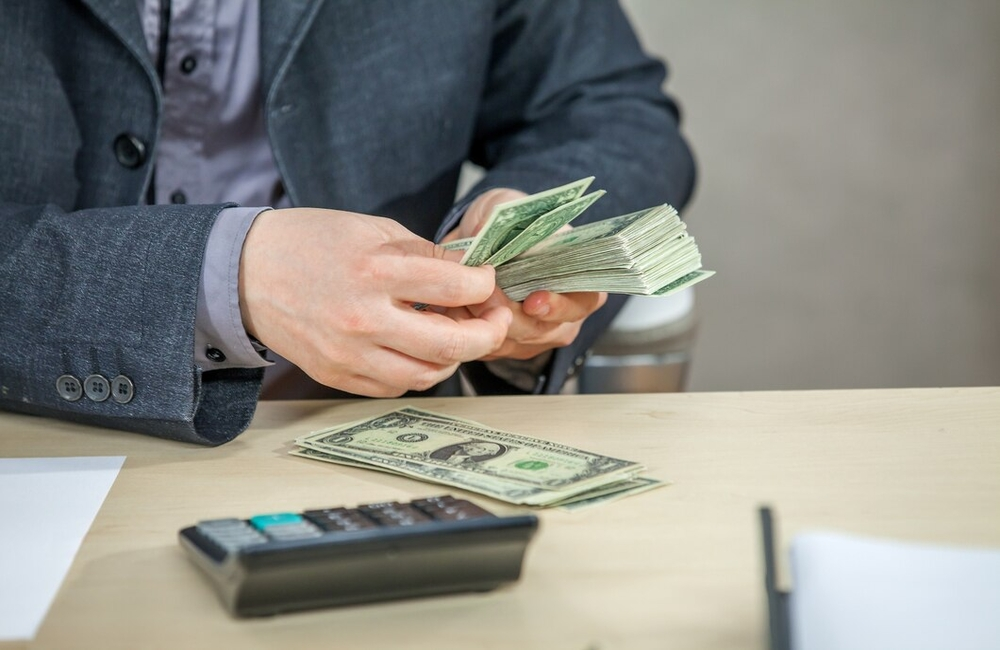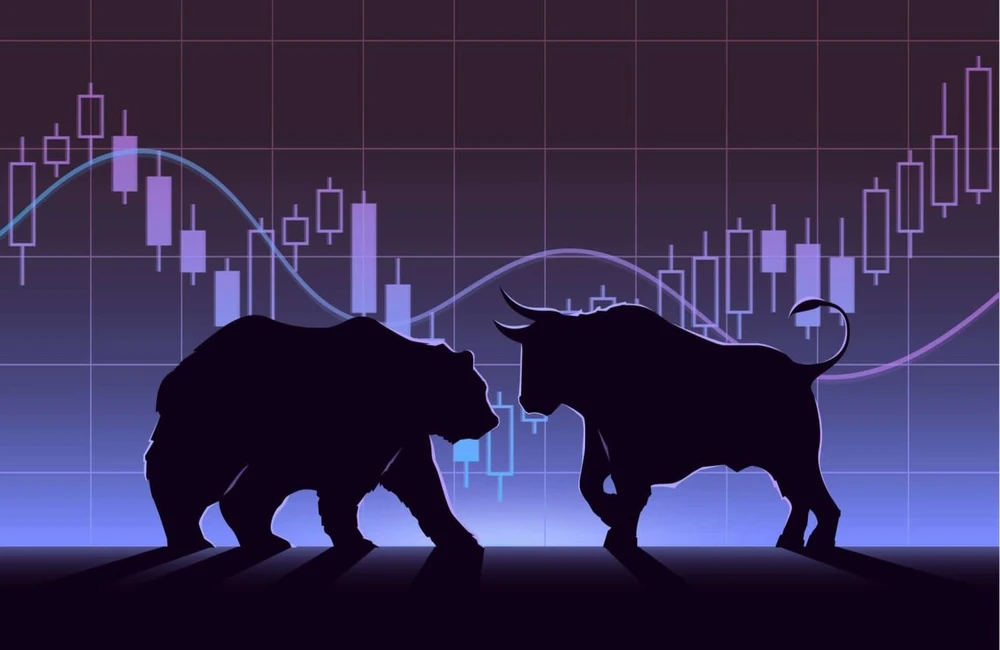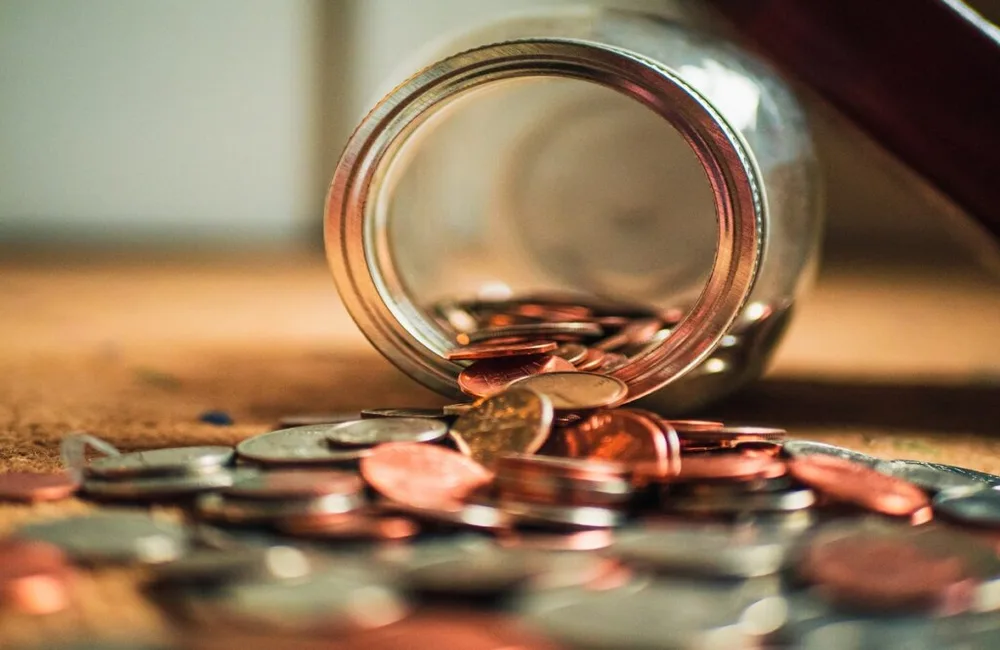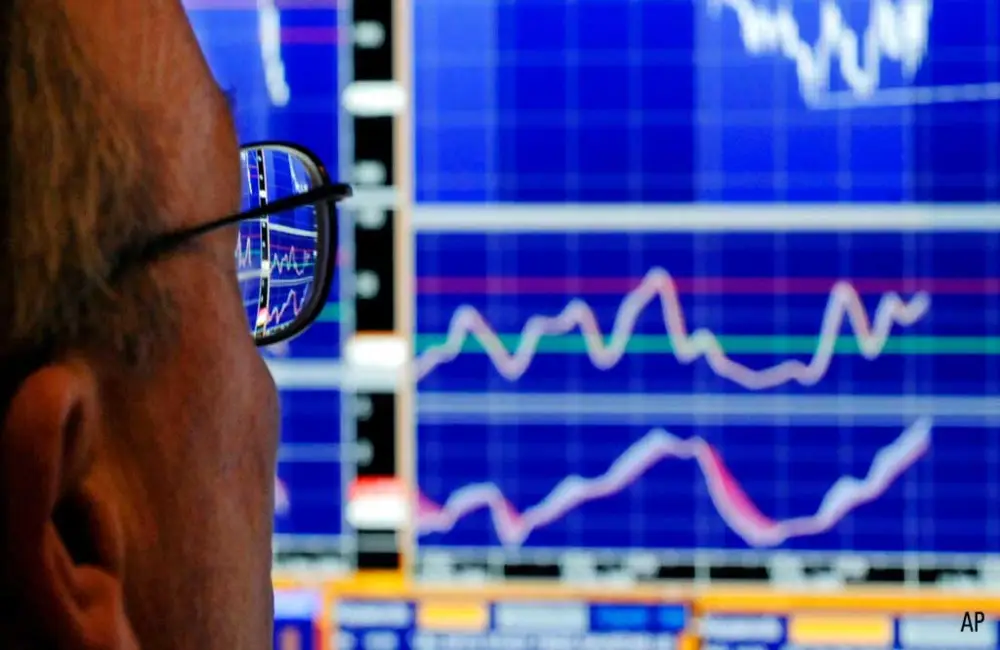The Reserve Bank lifted its cash rate on Tuesday for the first time since 2010, and indicated more increases were on the horizon as it began its campaign against inflation and started the process of weaning a strong economy off years of pandemic-related stimulus.
Citing a strong economy, increasing prices and signs of wage growth, Governor Philip Lowe said the cash rate would be lifted from the bank’s emergency level of 0.10% to 0.35%, declaring it was “the right time” to start pulling back “the extraordinary monetary support”.
Lowe pledged to bring inflation back under control and indicated that further rate increases are in the pipeline.
“In light of both the recovery of the economy to near full employment and growth in prices and wages, a modest withdrawal of the extraordinary monetary support that has been extended through the pandemic is appropriate,” he said in a statement on Tuesday.
The bank will also cut the hundreds of billions in bonds it has on its balance sheet by stopping the reinvestment of principals as they mature.
Only as recently as November did Governor Lowe say the cash rate would likely be unchanged until 2024. Today’s change of tune follows a steady creep up in consumer prices, culminating in the March quarter when Australian inflation soared to the highest level since the Howard era.
Lowe acknowledged inflation had been higher than the bank had anticipated. He attributed it to global supply chain shocks, worsened by Russia’s war in Ukraine and lockdowns in China, as well as local firms passing on price increases.
The Board now expects inflation to hit 6 per cent this year, nearly twice the 3.25 percent it forecast back in February, before falling back into the bank’s preferred target range of 3 per cent by 2024.
Having previously locked the bank into keeping rates low until evidence of wage growth emerged, Lowe said the bank had seen early indications of higher wages in its discussions with businesses.
“In a tight labour market, a growing proportion of firms are paying a higher wage to attract and retain staff particularly in an environment of rising cost of living,” he said.
The next batch of official wage data is scheduled for release on 18 May.
The Reserve Bank is following similar moves of its peers in the United States, New Zealand, Canada and the United Kingdom, who have raised rates recently to curb inflation. On Wednesday, the US Federal Reserve is expected to hike rates for the second time this year, investors are pricing.
Economists and traders locally have consistently been increasing their expectations for the number of rate increases they see by year’s end. They see rates hitting 1.5% in December, said NAB and AMP Capital. That implies a cash rate of 2.76% by then in derivatives markets.
David Bassanese, chief economist at BetaShares, thinks interest rates can’t return to historic averages because today, highly indebted households respond far more readily to changes in the cash rate.
The Australian share market slumped on the news, at one point down as much as 0.6 percent before recovering late in the afternoon to end down 0.4 percent.
Bonds sold off, with the yield on 2 Years chasing up to 2.72% and 10 Year to 3.39% by close, highest since 2014. The Australian dollar added to gains, fetching 71.14 US cents at 4.15 pm AEST at 70.67, compared to Monday’s close at 70.58.
The interest rate on exchange settlement balances will also increase from zero to 0.25%.
GSFM funds management adviser Stephen Miller labelled the decision a welcome one that restores the Reserve Bank’s inflation-fighting credentials with the first interest rate hike during an election since 2007.
“It has done quite a bit to cement its inflation credentials and maintain the illusion of independence,” he said.
ASX must weave its way through volatility to come
And markets long used to years of updraft from falling rates are bracing themselves for a period of volatility as central banks indicate a long road toward auction-tight monetary policy.
Shares in the US are down double digits this year as investors have fled riskier and rate-sensitive growth stocks. Bond investors are licking their wounds after suffering the worst losses in decades as surging rates lead to a rout in fixed interest.
“We are looking at a very different investing regime than that to which we have become accustomed over at least the last decade and perhaps even the last 30,” said Tony Edwards, chief investment office at Atrium, which manages more than $900 million in assets.
“This regime will more likely be defined by greater macro-economic and asset price volatility and sharper/more enduring drawdowns in asset prices.”
While introducing bumps along the road, AMP Capital and JP Morgan analysts remain bullish the ASX will keep rallying in a rising rate atmosphere, drunk on the heavyweight sectors of finance and resources.
Reserve Bank dismisses concerns about growth
As the global economy appears to be slowing, Lowe is still optimistic on Australia.
Economic activity contracted in the European Union in the March quarter, according to data released last Friday. The day before, the US had surprised with a quarterly contraction of 0.4% in gross domestic product. Strict lockdowns are still weighing on activity in China and adding more pressure to supply chains.
But in a press conference on Tuesday afternoon, after the meeting, the Governor continued to emphasize the strength of the Australian economy.
“The economy’s resilience means that the record low interest rates are no longer necessary,” he said.
The Reserve Bank kept its growth forecasts unchanged, but noted potential wearing effects from covid disruptions in China, the war in Ukraine and inflation on demand. Lowe pointed to hundreds of billions of dollars held on household and business balance sheets, a surge in business investment and soaring commodity prices as reasons for optimism.
Unemployment is expected to drop to 3.5% in early 2023, the lowest level in nearly 50 years.
Lowe tried to put a positive spin on higher rates, framing them as a product of an economy recovering much more quickly than many had predicted.
“We no longer need these emergency settings,” he said. “It’s good news. I’m aware that people dislike rising interest rates. It’s a sign of the underlying strength of the economy that we can get off those settings.”






